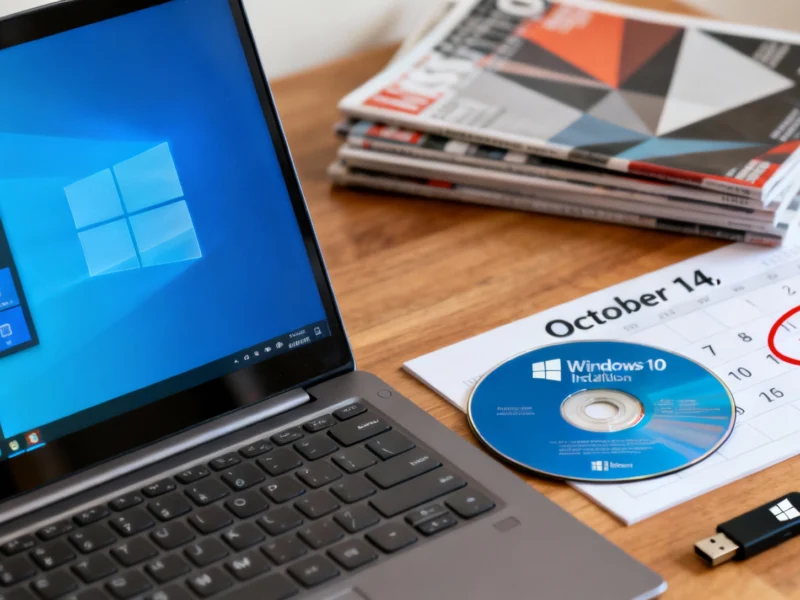Researchers Uncover Pixnapping: A New Android Threat Exploiting GPU Side Channels
Security researchers have revived a 12-year-old browser-based data theft technique to target Android devices, creating a powerful new attack called Pixnapping that allows malicious applications to steal sensitive information without requiring special permissions. This sophisticated method represents one of the most concerning mobile security threats in recent years, demonstrating how long-resolved attacks can resurface in new and more dangerous forms across modern device ecosystems.
How Pixnapping Works: Exploiting Hardware Vulnerabilities
The Pixnapping attack operates by exploiting a hardware side channel known as GPU.zip to read screen pixel data through precise rendering time measurements. By overlaying transparent activities and carefully timing how quickly pixels render, attackers can reconstruct screen content pixel by pixel. Although the technique only leaks between 0.6 to 2.1 pixels per second, this slow but steady approach provides enough data to recover sensitive information including authentication codes, banking details, and private messages.
What makes this vulnerability particularly dangerous is its ability to bypass traditional security measures. Unlike most malware that requires specific permissions to access sensitive data, Pixnapping operates without triggering any user warnings or permission requests. A seemingly harmless application downloaded from official sources like the Google Play Store could secretly monitor and extract information from other applications running on the device.
Affected Devices and Applications
The vulnerability, designated as CVE-2025-48561, affects devices running Android versions 13 through 16, including popular models such as Google Pixel 6 through 9 and Samsung Galaxy S25. The attack can compromise data from numerous high-profile applications including Google Maps, Gmail, Signal, Venmo, and even two-factor authentication codes from Google Authenticator.
This widespread impact highlights the fundamental nature of the security flaw within Android’s rendering and GPU architecture. As organizations continue to expand their digital infrastructure and data center capabilities, the discovery of such vulnerabilities underscores the ongoing challenges in securing complex technological ecosystems against sophisticated attacks.
The Broader Implications for Mobile Security
Pixnapping represents more than just an isolated security issue—it highlights a fundamental problem with side-channel vulnerabilities in modern computing. These types of attacks exploit leaks caused not by software bugs but by how hardware processes data, making them notoriously difficult to detect and remediate. The persistence of such vulnerabilities poses ongoing challenges for mobile security professionals and device manufacturers alike.
The emergence of this attack coincides with significant advancements in artificial intelligence and computing capabilities. As industry leaders identify key AI companies driving innovation, security researchers must similarly advance their approaches to protecting against increasingly sophisticated threats that leverage both hardware and software vulnerabilities.
Current Mitigation Efforts and User Recommendations
Google has taken initial steps to address the vulnerability, issuing a partial patch in September 2025 with a more comprehensive fix expected in December. The company is rolling out further improvements to limit abuse of the blur API and enhance detection capabilities. However, researchers warn that workarounds already exist, and the underlying GPU.zip vulnerability remains unresolved at its core.
Until permanent solutions are implemented, security experts recommend that users:
- Limit installation of untrusted applications from unofficial sources
- Keep devices updated with the latest security patches
- Monitor app permissions and be cautious of applications requesting unnecessary access
- Consider using web versions of sensitive applications when possible
The discovery of Pixnapping occurs amid growing concerns about digital security across multiple industries. As various sectors face increasing regulatory pressures and security challenges, the Android vulnerability serves as a reminder that cybersecurity requires continuous vigilance and adaptation to emerging threats.
Looking Ahead: The Future of Side-Channel Attacks
Security researchers anticipate that more side-channel attacks similar to Pixnapping will emerge as attackers refine these sophisticated techniques. The security community faces the ongoing challenge of addressing vulnerabilities that exist at the intersection of hardware and software, requiring coordinated efforts between chip manufacturers, device makers, and operating system developers.
While Google states there’s no current evidence of active exploitation in the wild, the mere existence of this attack vector demonstrates how malware can bypass traditional security defenses. As the digital landscape evolves, both users and developers must remain proactive in understanding and mitigating these complex security threats that challenge conventional protection mechanisms.



